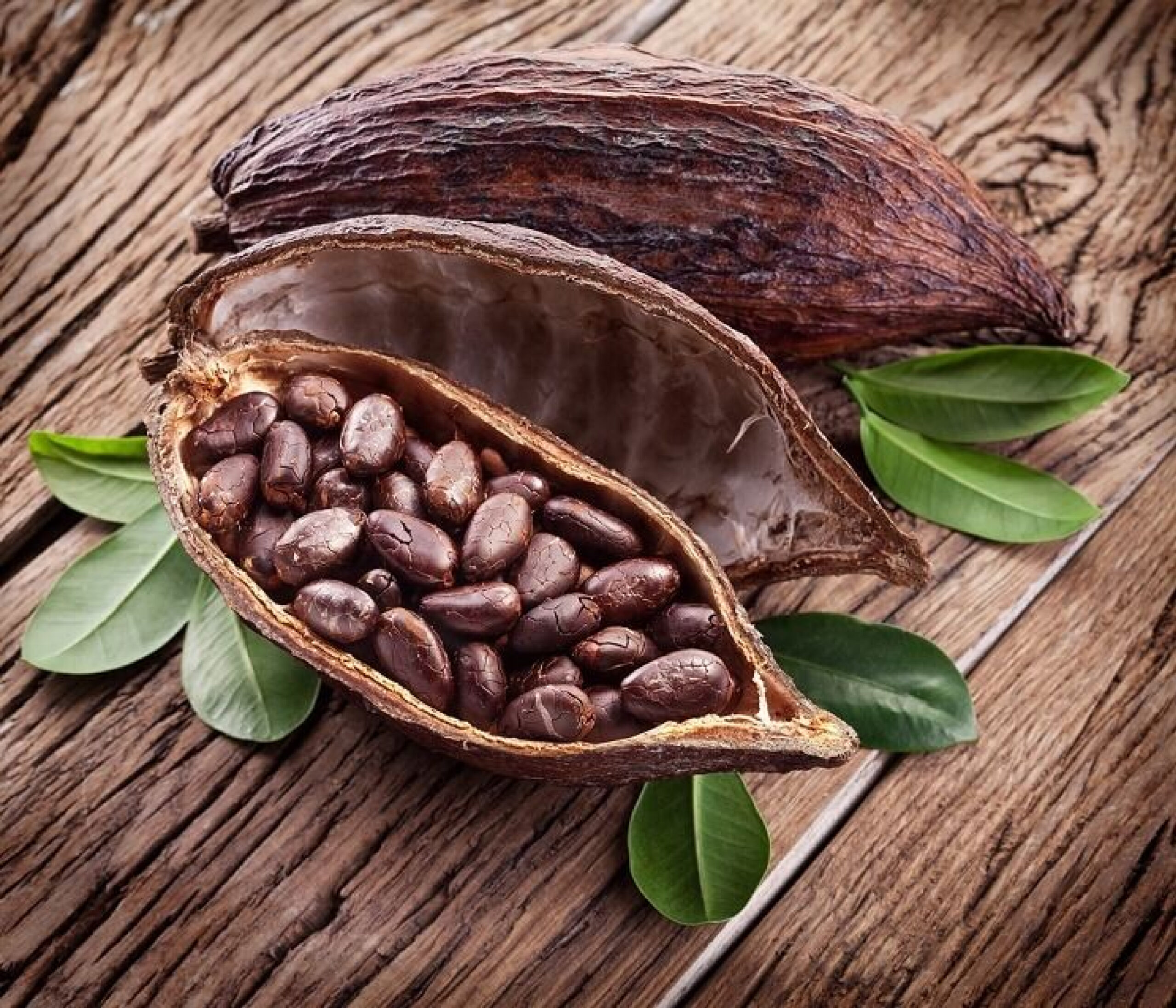Our Location
Jl.raya gunung putri no. 99
Gunung Putri, selatan Gedung A

Cocoa beans don’t naturally taste like chocolate. In fact, right after harvest, fresh cocoa beans are bitter, astringent, and lack the aroma and flavor we associate with chocolate. It’s only through a careful fermentation and drying process that raw cocoa is transformed into high-quality beans ready for roasting and chocolate-making.
At Alamara, we ensure that all the cocoa we source — especially from the fertile lands of Flores Island — undergoes proper post-harvest handling. Fermentation and drying are essential steps in delivering the flavor and quality that today’s chocolate makers and buyers expect.
Fermentation is the first and arguably most important step after harvesting. Still surrounded by sweet, sticky pulp, the beans are placed in boxes, baskets, or heaps and left to ferment for several days. This process is entirely natural, yet highly complex.
During fermentation:
Proper fermentation usually takes 5 to 7 days, depending on local climate and techniques used. It’s a delicate balance — under-fermented beans can taste flat or sour, while over-fermentation may spoil the flavor altogether.
After fermentation, the beans must be dried to reduce moisture content from around 60% to just 6–7%. Drying not only helps preserve the flavor developed during fermentation but also prevents mold and spoilage during storage and shipping.
There are two main drying methods:
Drying typically takes another 5 to 7 days. If dried too quickly, beans can crack or lose essential flavor compounds; if dried too slowly, they become vulnerable to mold and spoilage.
For chocolate producers, traders, and premium buyers, how cocoa is fermented and dried has a direct impact on:
At Alamara, we work closely with skilled farmers and fermentation specialists in Flores to ensure every batch of cocoa beans meets premium-grade standards. Our commitment to quality begins at the farm and continues through every step of the post-harvest process.
Get in touch with Alamara today. We’re ready to supply you with well-fermented, carefully dried Indonesian cocoa beans — where flavor begins, and quality never ends.